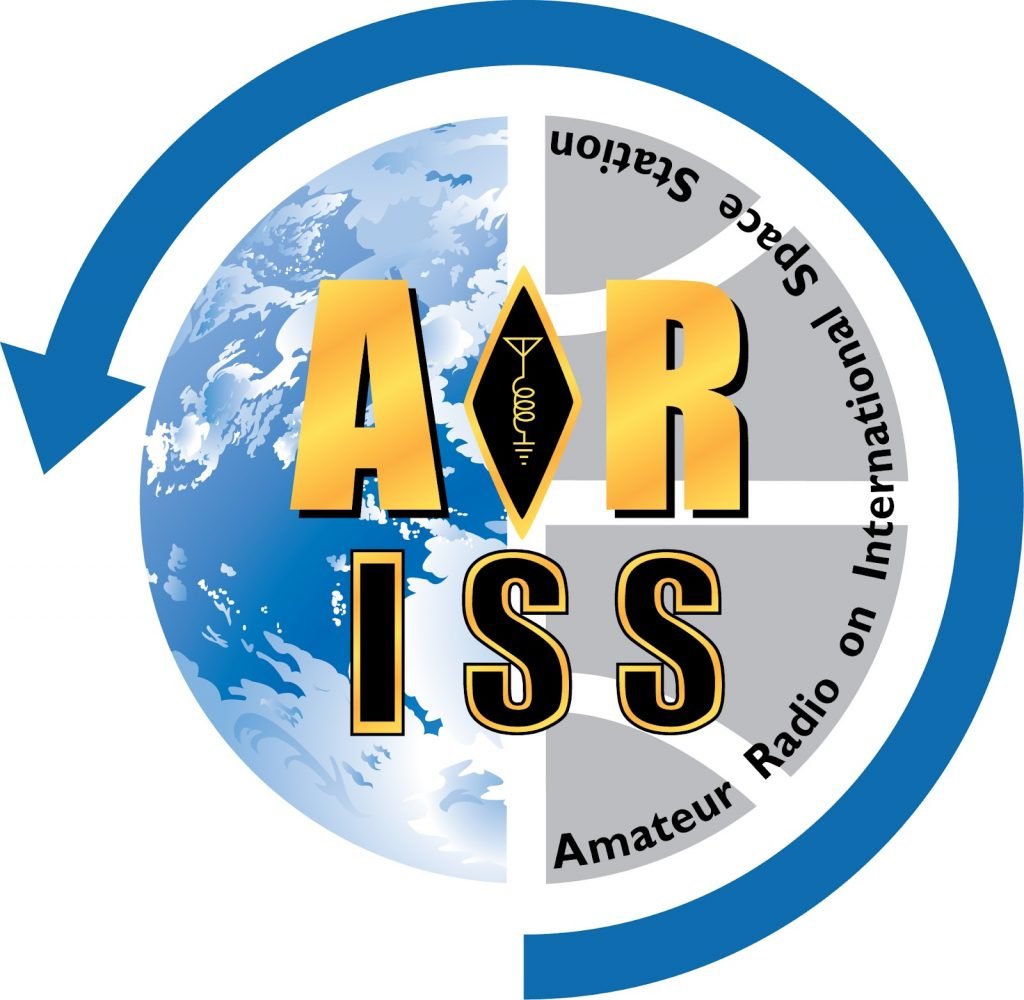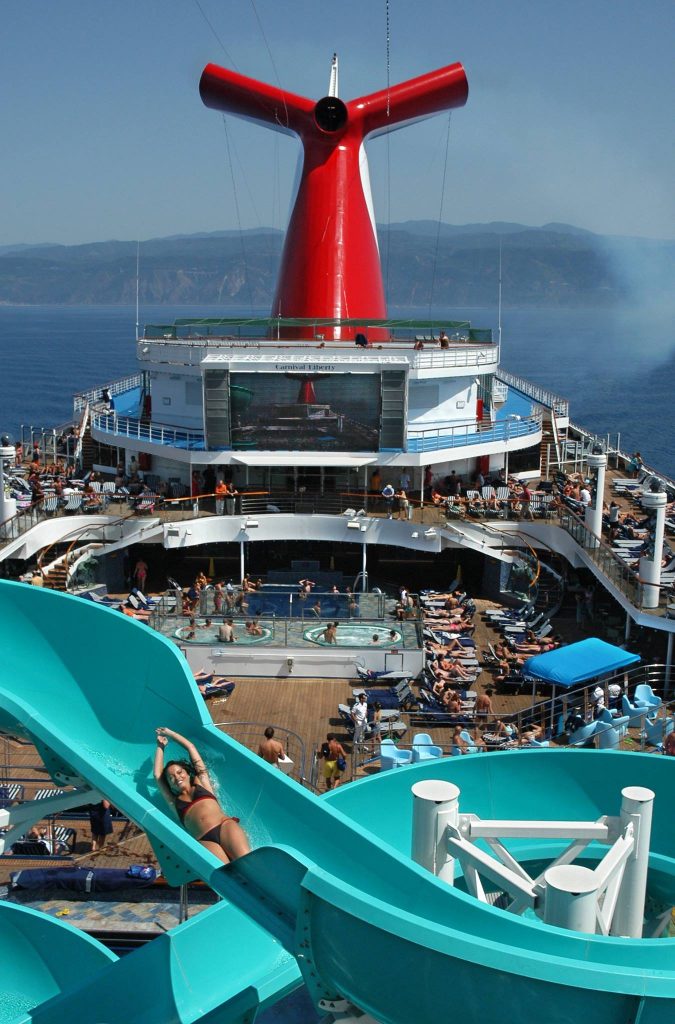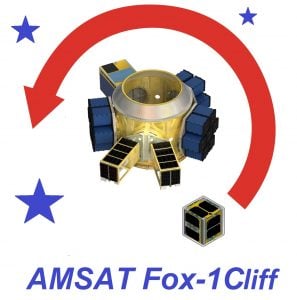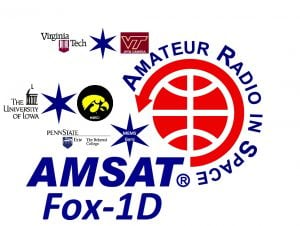If you plan to be on the 2016 AMSAT Space Symposium Cruise, you have the perfect opportunity to attend the ARISS-International Face-to-face Meeting in Houston. The ARISS meeting was purposely scheduled immediately following the cruise to allow Symposium attendees to take advantage of already being near Houston.
The ARISS-International Face-to-face Meeting takes place on November 15-18 in the ISS Conference Facility at 1800 Space Park Drive, Nassau Bay, TX 77058, across the street from the NASA Johnson Space Center gate.
A special tour of NASA Johnson Space Center (JSC) will be hosted on Monday afternoon, November 14.
The scheduling of the ARISS-I meeting following the AMSAT Space Symposium is meant to encourage symposium attendees to attend the ARISS-I meeting as observers. Meetings are always open to the public. There is no registration fee.
The meeting coincides also with ARISS’s 20 th anniversary. In November 1996, the first international ARISS meeting took place at NASA JSC. At this year’s meeting, ARISS will commemorate its 20 successful years.
ARISS will soon distribute a web link for taking advantage of a special room rate at the Hampton Inn & Suites-Clear Lake/NASA at 506 W, Bay Area Blvd, Webster, TX 77598. Hotel rooms can be shared to save money. The Hampton Inn is near JSC and transportation for the special JSC tour will be coordinated to and from the hotel among the team.
The detailed meeting agenda is still being worked and will center around ARISS’s hardware development project and future initiatives, sustaining ARISS in the future through strategic partnerships and fundraising, and making a quantum improvement in educational outcomes. Other topics and discussions will be held on:
-How ARISS can leverage into an international effort the phenomenal outcomes the ARISS United Kingdom team members achieved during Astronaut Tim Peake’s mission.
-Educating the international team on the expectations of ARISS’s new benefactors, NASA Space Communications and Navigation and the Center for the Advancement of Science in Space
-A celebration of the 20th anniversary of the establishment of ARISS at the NASA Johnson Space Center
-Additional topics critical to the future of ARISS.
The ARISS team welcomes all AMSAT members and the public to the ARISS-International Face-to- face Meeting. ARISS hopes attendees will decide to begin volunteering after learning what ARISS is all about
Those interested in coming on November 15-18 can e-mail Rosalie White ([email protected]) or Frank Bauer ([email protected]).
AMSAT thanks Rosalie White, K1STO, for the above information.




